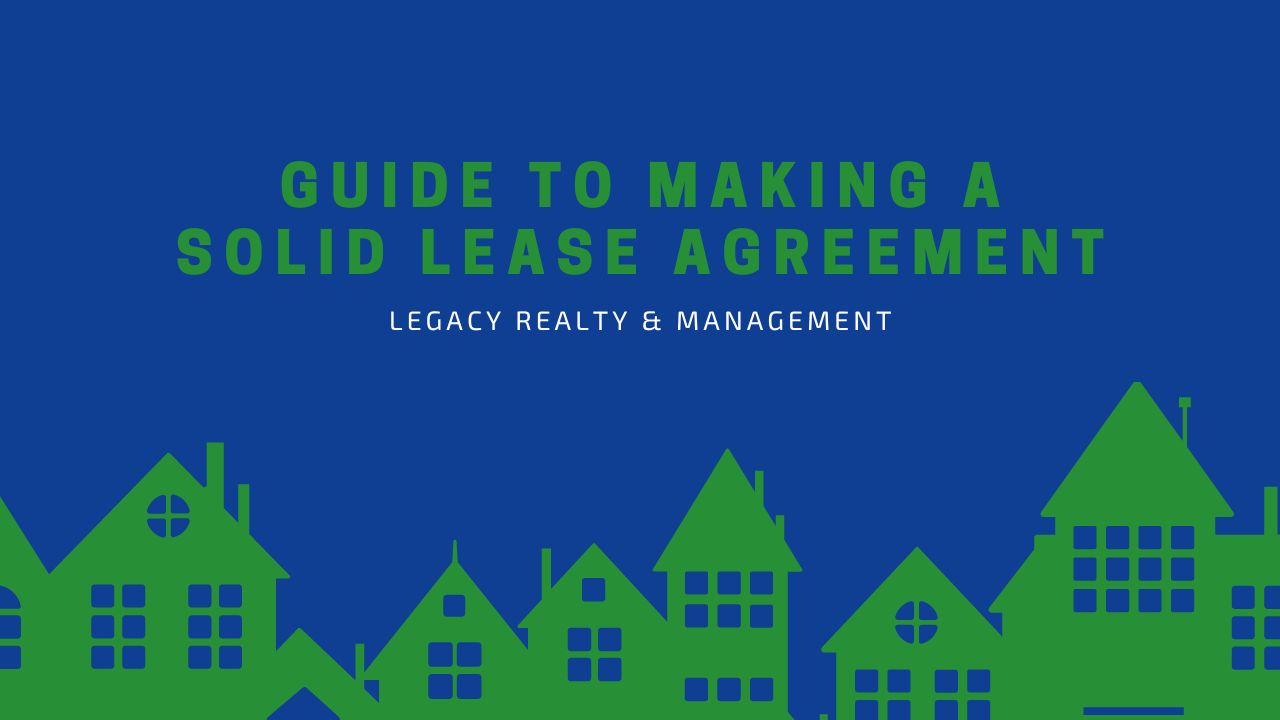
Creating a comprehensive lease agreement is crucial to every successful rental property. Whether you're a seasoned landlord or new to the rental business, understanding how to craft a lease agreement is essential for protecting your investment and establishing clear expectations with your tenants.
Available Ways to Draft a Lease
There are many options to consider when drafting a lease.
- Draft a document from scratch: This allows full control over the terms, though this requires legal expertise.
- Pre-made templates: Templates are available through real estate associations or online, which can be customized to fit specific needs.
- Using Existing leases: Updating prior agreements offers a balance, allowing past clauses to be reused with modifications as needed.
Regardless of the approach, staying updated on local rental laws is crucial to ensure the lease remains compliant and effective.
The Importance of Leasing Agreements
A lease agreement is essential for clear communication and legal protection between landlords and tenants. It outlines rental terms, and prevents misunderstandings and disputes.
A well-drafted lease serves as a safeguard in case of conflicts or violations, offering legal support if needed while contributing to a stable, profitable rental arrangement.
The Basics Every Lease Should Contain
To ensure your lease agreement is comprehensive and effective, it must contain certain fundamental elements:
Names and Rental Property's Address
Every lease should clearly state the full legal names of all parties involved. This typically includes the landlord or property management company and all adult tenants who will be residing in the property.

For the lease to be legally binding, it must be signed and dated by all parties involved. This includes the landlord or property manager and all adult tenants listed on the lease. Consider having the signatures notarized for an extra layer of legal protection.
Rent Due Date
Specifying the exact date when rent is to be collected each month is crucial for maintaining a steady cash flow and avoiding confusion. Whether it's the first of the month or another agreed-upon date, Include grace periods and late fees in this section to encourage timely payments.
Rent Amount
Clearly state the monthly rent amount in both numerical and written form to prevent any misinterpretation. If there are any additional fees or charges, such as for parking or utilities, these should be itemized separately. Be explicit about what the rent covers and what additional costs, if any, the tenant is responsible for.
Rental Duration
Define the length of the lease whether it's a month-to-month agreement or a fixed-term lease, the start and end dates should be clearly stated. Include information on lease renewal options and procedures. Also include move-out instructions
Important Clauses and Policies to Include
To protect your interests and set clear expectations several key clauses and policies should be addressed in your lease agreement:
Subletting
Clearly state whether it's allowed and, if so, under what conditions. Many landlords choose to prohibit subletting or require written permission to maintain control over who occupies the property. If you do allow subletting, outline the process for approval and any restrictions or additional requirements.

Property Access
Outline the circumstances under which you, as the landlord, may enter the property. This typically includes routine inspections, maintenance, and emergencies. Specify the notice period required for non-emergency access, usually 24 to 48 hours.
Tenant Obligations
Detail the responsibilities of the tenants regarding property maintenance , cleanliness, and any specific rules. This section should cover expectations for general upkeep, reporting maintenance issues like water damage, and community standards. Include policies on noise restrictions, smoking, and pet ownership. If applicable, outline tenant responsibilities for landscaping or snow removal.
Breaking a Lease
Explain the consequences and procedures for early termination of the lease by either party. Include any fees or notice periods required, as well as conditions under which the lease may be terminated without penalty (e.g., military deployment, uninhabitable conditions). Provide clear instructions on the proper way to give notice and what is expected during the move-out process.
Security Deposit
Clearly state the amount of the security deposit, how it will be held, and the conditions under which it may be withheld. Include information on how and when the deposit will be returned at the end of the tenancy.

Outline the process for documenting the property's condition at move-in and move-out to ensure fair assessment of any damages.
The Importance of Disclosures
Including necessary disclosures in your lease agreement is not only a legal requirement in many jurisdictions but also an ethical obligation to your tenants. These disclosures provide important information about potential health and safety risks associated with the property:
Flood Zone
If the property is located in a designated flood zone, this information must be disclosed to potential tenants. This disclosure helps tenants understand potential risks and prepare accordingly.
Bed Bugs
Include information on prevention, the protocol for reporting suspected bed bug infestations , and outline responsibilities for treatment. You must also include any history of infestations.
Radon
If radon testing has been conducted on the property, the results should be disclosed to tenants, along with information about the health risks associated with radon exposure. Include details on any mitigation systems in place or plans for future testing.
Lead-Based Paint
For properties built before 1978, federal law requires landlords to disclose all information about lead-based paint and give tenants with an EPA-approved information pamphlet on identifying and managing lead-based paint hazards. This disclosure is crucial for protecting tenant health, especially for families with young children.
Bottom Line
Crafting a comprehensive and legally sound lease agreement is a critical step in protecting your rental property investment and fostering positive tenant relationships.
Legacy Realty and Management understands the complexities involved in creating effective lease agreements. Our expertise in property management can help ensure your lease not only meets legal requirements but also addresses the unique aspects of your property and rental situation.
Take action today to create a lease agreement that provides peace of mind and protects your rental property for years to come. Contact us to help you secure your investment and streamline your property management process with a solid lease agreement.
